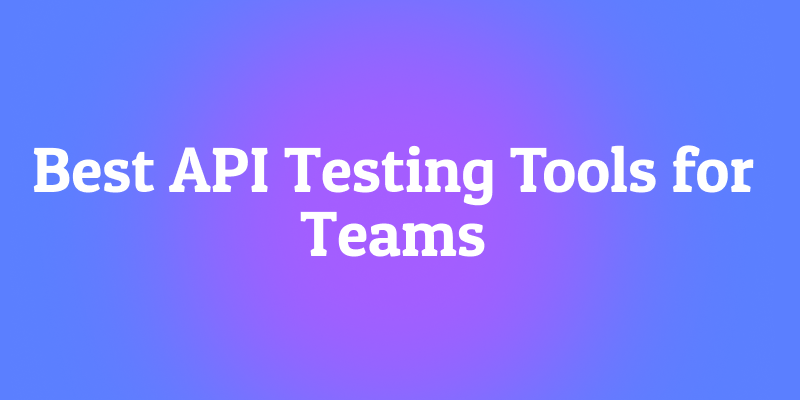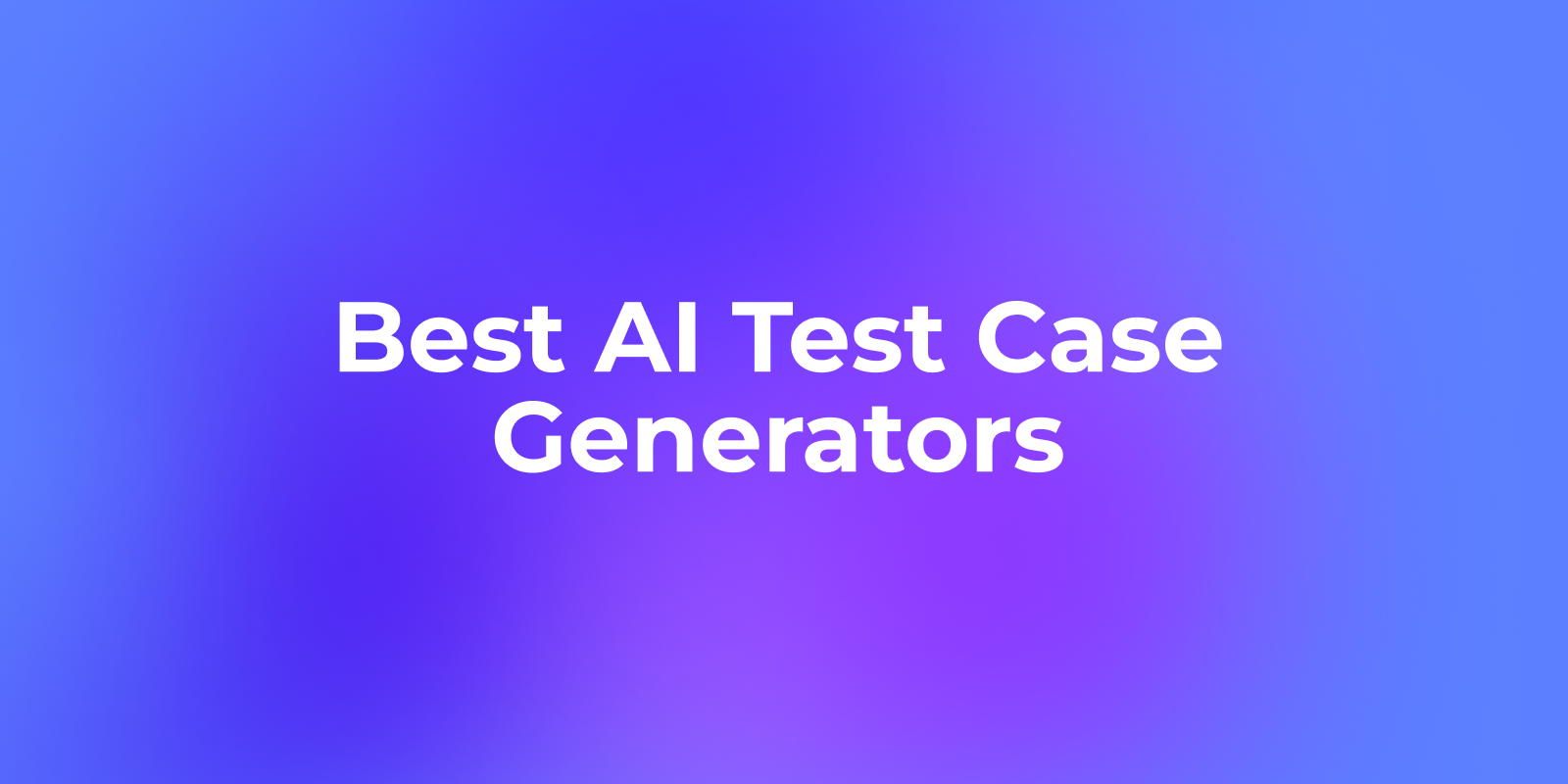In the ever-evolving world of software development, Large Language Models (LLMs) like OpenAI’s GPT and Google’s Bard are transforming how developers write, edit, and interact with code. These models are not only powering standalone platforms but are also finding their way into beloved developer tools like Vim and Neovim — the minimal, lightning-fast, and deeply customizable text editors favored by many.
Thanks to the vibrant open-source community, a growing list of plugins now brings LLM capabilities directly into Neovim. From autocompletion and code explanation to intelligent chat-based assistance, these tools are revolutionizing coding productivity. In this article, we dive into 10 of the most awesome Neovim LLM plugins, curated from the awesome-vim-llm-plugins GitHub repository. We've selected plugins that are not only powerful but actively maintained with recent updates.
1. ChatGPT.nvim by jackMort
JackMort’s ChatGPT.nvim is arguably the most feature-complete Neovim LLM plugin today. It integrates tightly with OpenAI models, allowing users to run inline commands, chat with AI, generate code snippets, refactor functions, and even handle complex workflows with custom templates. Its user-friendly commands and robust functionality make it a go-to tool for developers seeking a comprehensive AI assistant in Neovim.
Why it's awesome:
- Supports inline AI prompts and conversational chat
- Allows template-based code generation
- Offers multi-modal interaction for various workflows
- Highly customizable via Lua
2. CodeGPT.nvim by dpayne
CodeGPT.nvim is designed specifically for enhancing code writing and editing tasks. Whether you're trying to generate boilerplate code or refactor complex functions, this plugin offers a smart and intuitive way to leverage OpenAI models directly in your coding environment. It uses custom templates that can be easily tailored to fit any language or task.
Why it's awesome:
- Template-driven interactions
- Great for quick code completions and documentation
- Seamless Lua configuration
- Easy keymap integration for fast prompts
3. vim-ai by madox2
If you’re looking for a plugin that balances chat capabilities with code generation and explanation, vim-ai by madox2 is a perfect choice. It supports templating, inline interaction, and conversational chat with GPT-like models. It even allows context-sensitive editing based on selected lines or code blocks.
Why it's awesome:
- Combines inline LLM usage with real-time conversation
- Lightweight yet extensible
- Compatible with both Vim and Neovim
- Easy integration with API keys
4. gp.nvim by Robitx

gp.nvim bridges the gap between inline LLM capabilities and chat-driven coding assistance. It brings robust configuration options, making it one of the more powerful choices for users who want full control over how LLMs are used in their editor. Commands support code transformation, explanation, and multi-language support.
Why it's awesome:
- Full-featured template support
- Robust Lua-based configuration
- Useful for both code generation and explanation
- Ideal for advanced users looking to fine-tune interactions
5. llm.nvim by gsuuon

llm.nvim is unique in its model flexibility — you’re not restricted to OpenAI. It supports multiple backends like Google Bard, Huggingface, and even local models, making it a privacy-conscious and cost-effective solution. It also supports prompt templating and inline text interactions.
Why it's awesome:
- Multi-model support including free and local options
- Inline prompts with context awareness
- Ideal for developers working offline or on a budget
- Offers flexibility in backend LLM providers
6. ChatGPT-vim by 0xStabby

For users who want a simple yet effective integration with ChatGPT in Vim or Neovim, chatgpt-vim is a solid choice. While it doesn’t offer advanced templates or workflows, it brings conversational and inline AI interactions to your fingertips in a lightweight plugin.
Why it's awesome:
- Minimalist setup
- Works well out-of-the-box
- Perfect for those who want to chat with their code
- Maintains full Vim compatibility
7. neural by dense-analysis
neural is another powerful plugin focused on inline AI-powered code manipulation. It’s part of the broader Dense Analysis ecosystem and integrates neatly with code diagnostics and AI recommendations. While lighter than ChatGPT.nvim in features, it’s highly stable and intuitive.
Why it's awesome:
- Integrated inline assistant
- Great for code suggestion and completion
- Low configuration barrier
- Actively maintained
8. vim_codex by tom-doerr

vim_codex is built with simplicity in mind, offering inline usage of OpenAI Codex models. It shines in tasks like converting comments to code, completing boilerplate functions, and writing code based on natural language instructions.
Why it's awesome:
- Simple and efficient
- Low learning curve
- Great for quick tasks
- Maintains a clean interface
9. cmp-tabnine by tzachar
If autocomplete is your focus, cmp-tabnine is a worthy addition to your Neovim setup. It integrates TabNine's predictive code engine into the nvim-cmp ecosystem, providing fast and smart code completions across multiple languages.
Why it's awesome:
- Supercharged AI autocomplete
- Works with LSP and non-LSP languages
- Doesn’t require cloud access for core usage
- Lightweight and fast
10. llm.nvim by huggingface

This plugin, distinct from the previously mentioned llm.nvim, leverages Hugging Face’s open-source models and public inference APIs. It offers a free and privacy-respecting way to incorporate autocomplete powered by AI into your Neovim environment.
Why it's awesome:
- Uses free endpoints via Hugging Face
- Avoids OpenAI subscriptions
- Fully open-source
- Good fallback for privacy-sensitive environments
How to Choose (and Combine) the Right LLM Plugins for Your Workflow
With more than a dozen actively-maintained Neovim LLM plugins, the hardest part isn’t installing them—it’s deciding which combination delivers the most value without slowing your editor to a crawl. Here are five practical guidelines:
| Checklist | Why it Matters | Recommended Plugins |
|---|---|---|
| Define your primary goal (chat, inline edits, or autocompletion) | Each task category is optimized by different back-ends and UI flows. | Chat & refactor → ChatGPT.nvim, gp.nvim • Inline edits → vim-ai, neural • Autocomplete → cmp-tabnine, huggingface/llm.nvim |
| Mind your latency budget | Calls to cloud LLMs can freeze an insert loop if not handled asynchronously. | Plugins built on nvim-asyncio (e.g., llm.nvim by gsuuon) queue requests off the main thread. |
| Watch your token usage | Frequent inline completions can rack up OpenAI bills quickly. | Mix a local model (llm.nvim with HF endpoints) for “cheap” drafts, then refine with GPT-4 only on demand. |
| Integrate with nvim-cmp & snippets | Seamless autocompletion requires sources and snippet engines to cooperate. | Pair cmp-tabnine or copilot.lua with LuaSnip for maximal coverage. |
| Iterate on prompt templates | Well-crafted prompts → better AI output and less editing overhead. | Template-driven plugins like CodeGPT.nvim or gp.nvim let you version-control prompt libraries alongside code. |
By piloting one plugin from each category—inline, chat/workflow, and autocomplete—you’ll cover most day-to-day scenarios while keeping cognitive load low. Remember: the best setup is the one that fades into the background and lets you stay in flow.
Conclusion
Large Language Models are no longer futuristic novelties—they’re practical, daily companions baked right into the Neovim ecosystem. Whether you need GPT-powered pairing (pair-gpt.nvim), lightning-fast completion (cmp-tabnine), or full conversational coding (ChatGPT.nvim), there’s an actively-maintained plugin ready to slot into your init.lua.
Adopt one or two of these tools, refine your prompt craft, and watch repetitive boilerplate melt away while you focus on architecture and problem-solving. The terminal editor that once thrived on macros and regex now thrives on AI—yet still keeps the same lightning-fast, keyboard-centric ethos that Vim users love.



